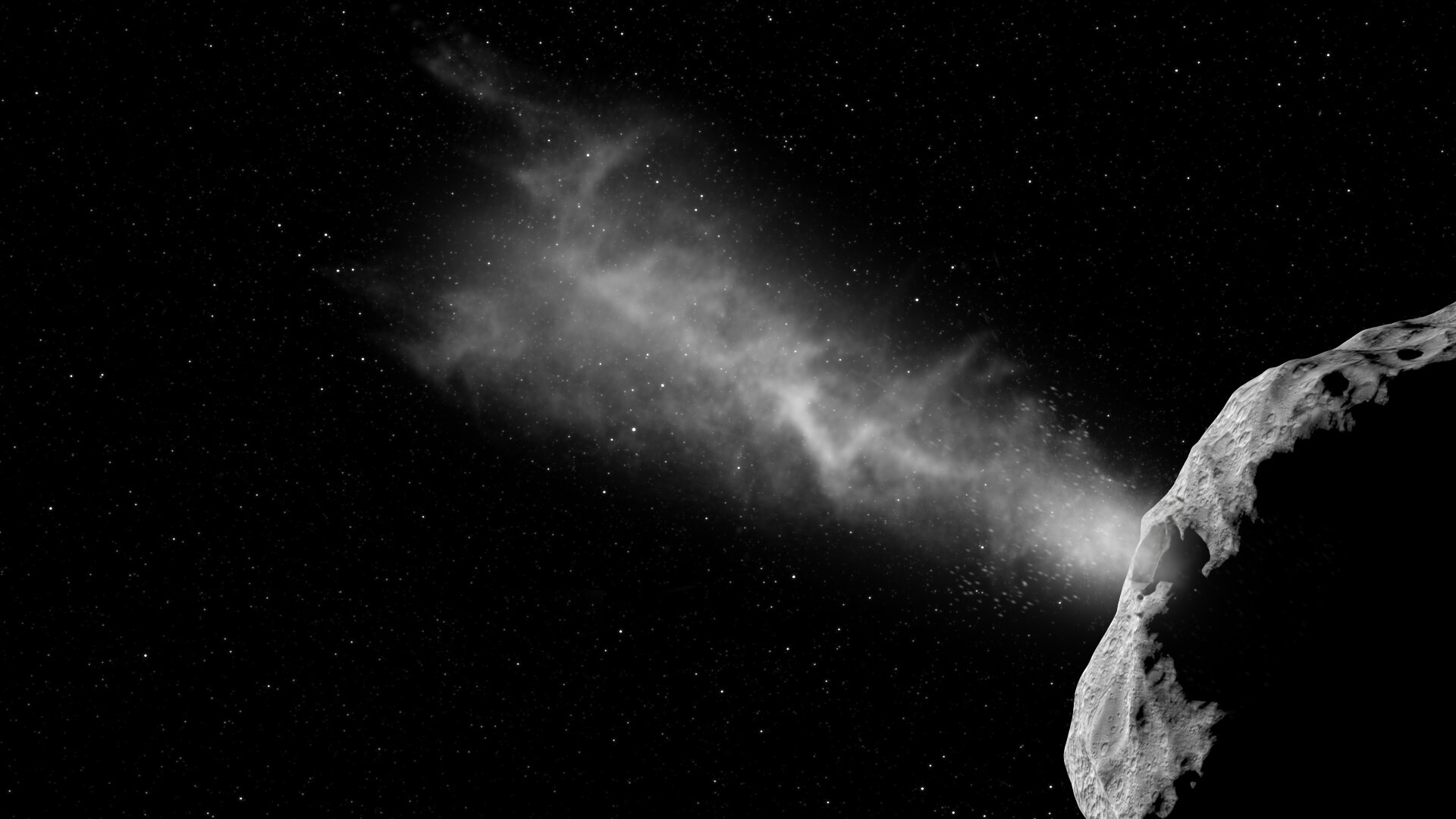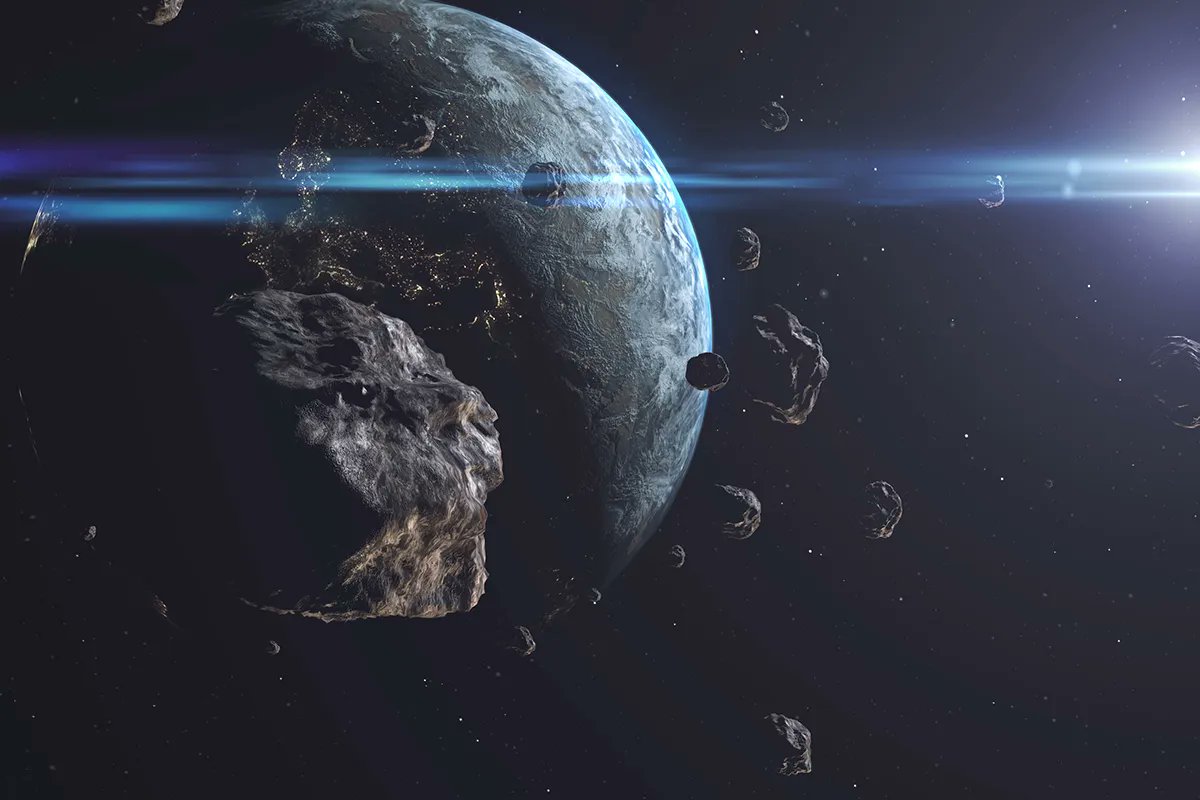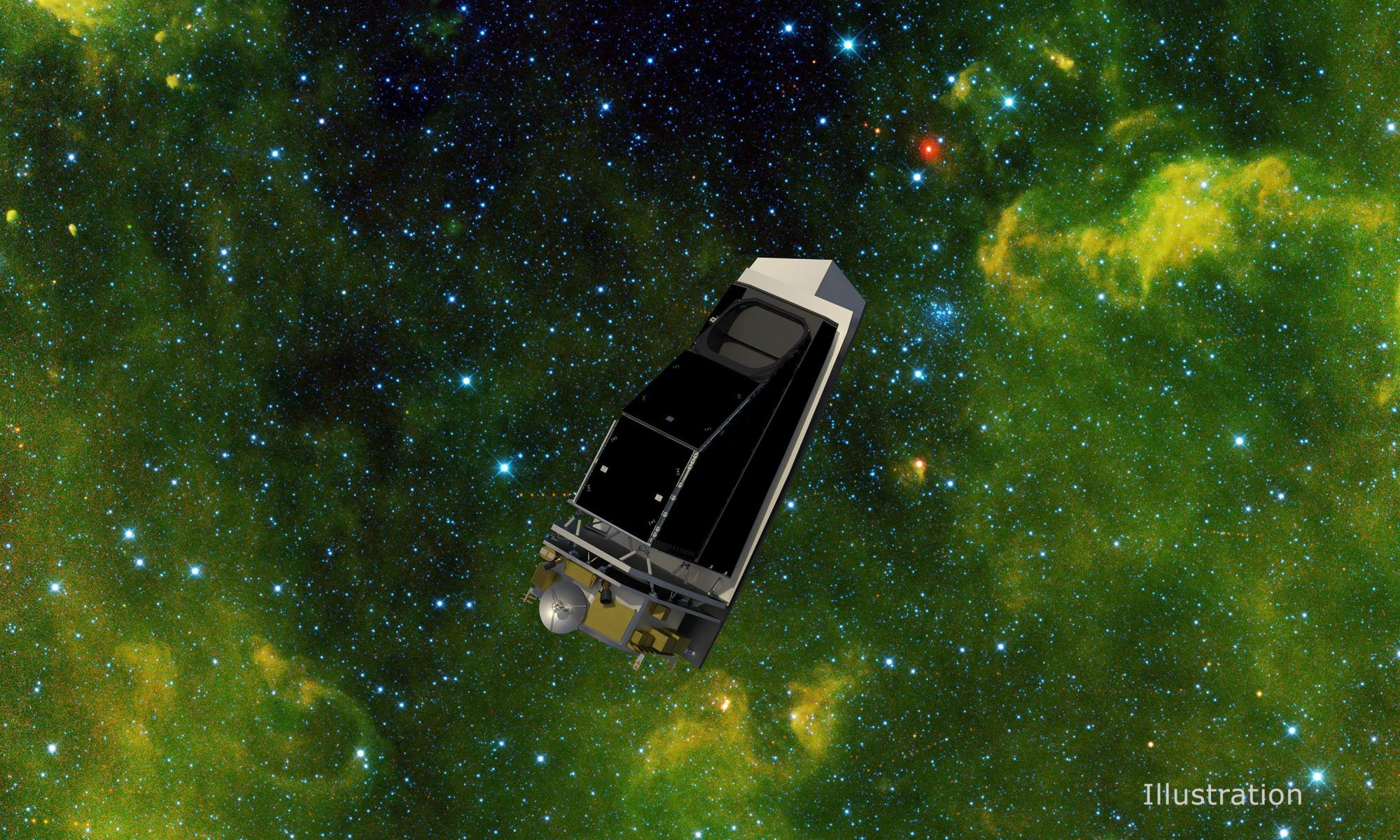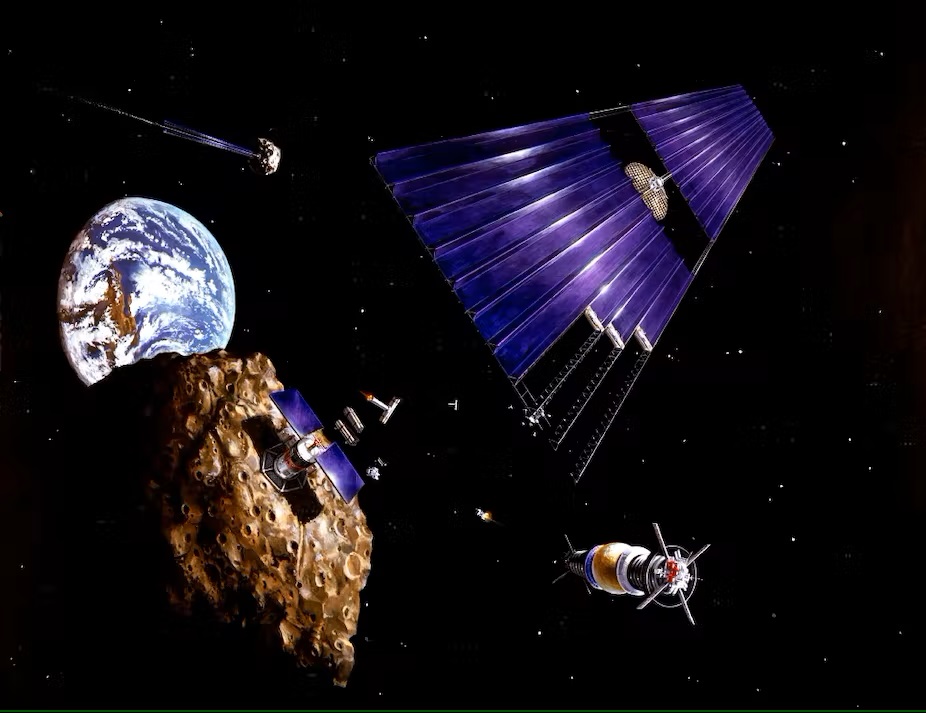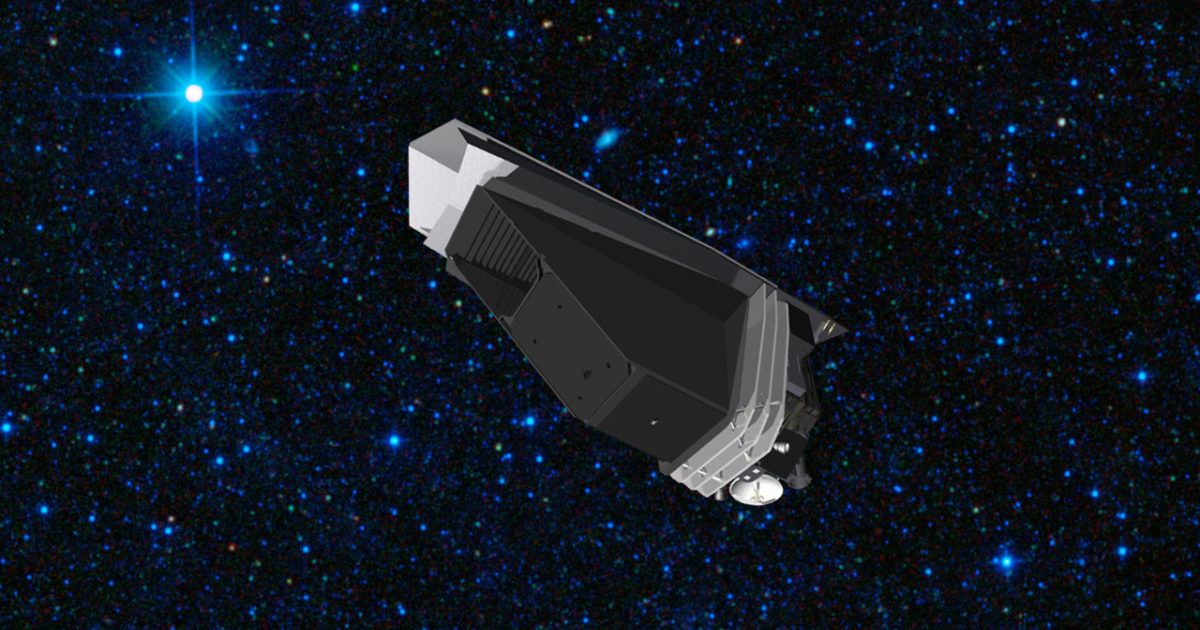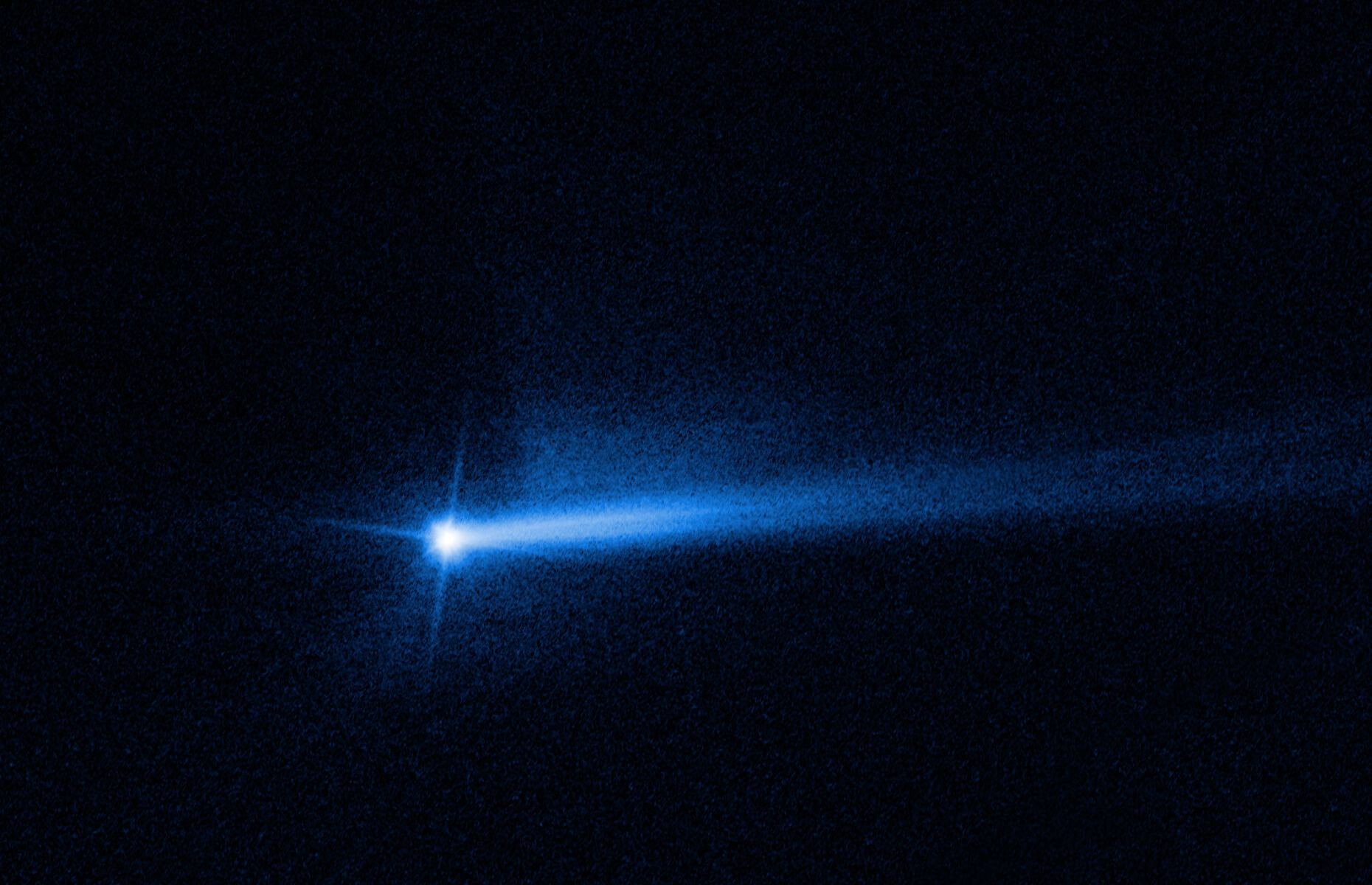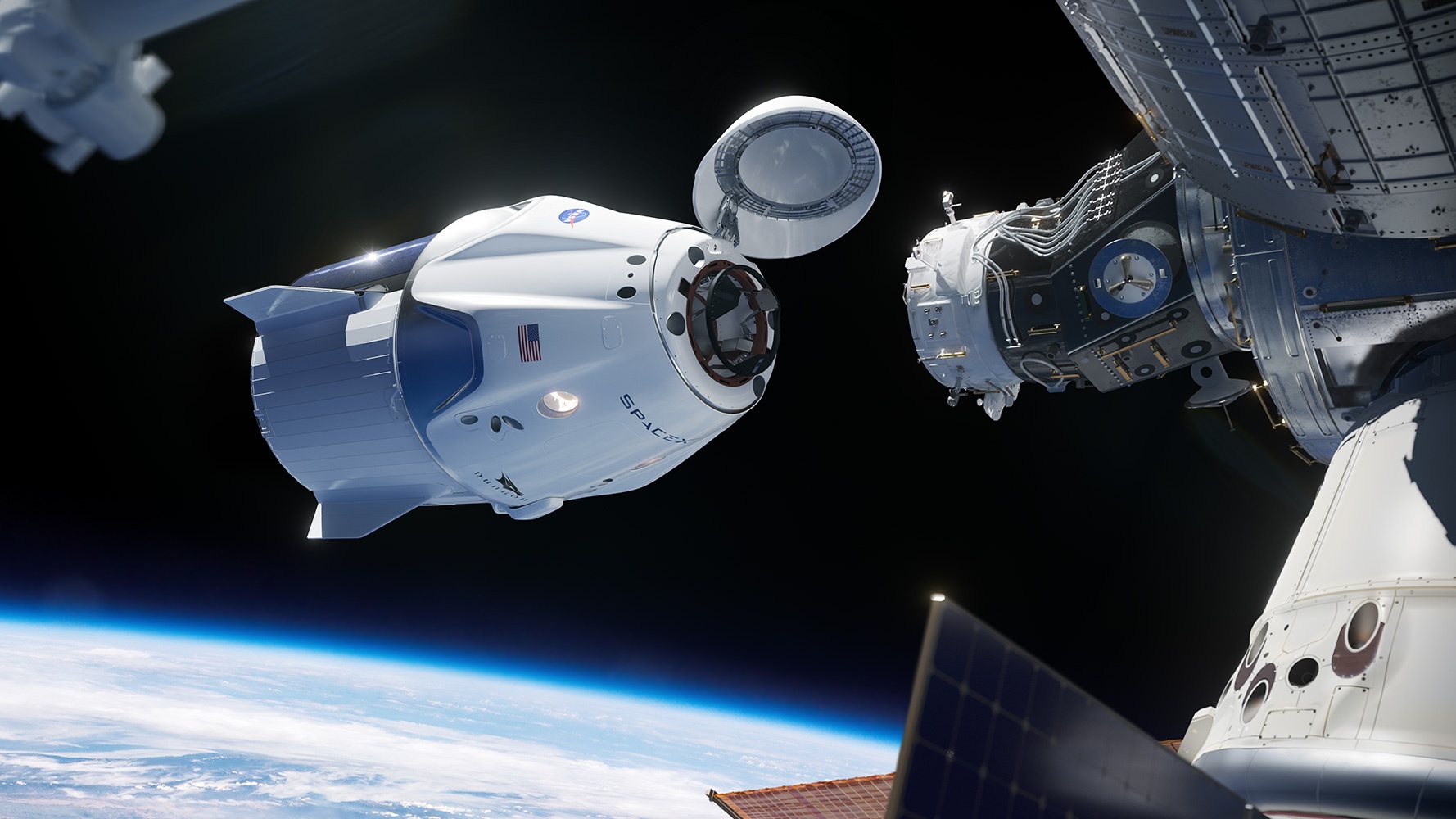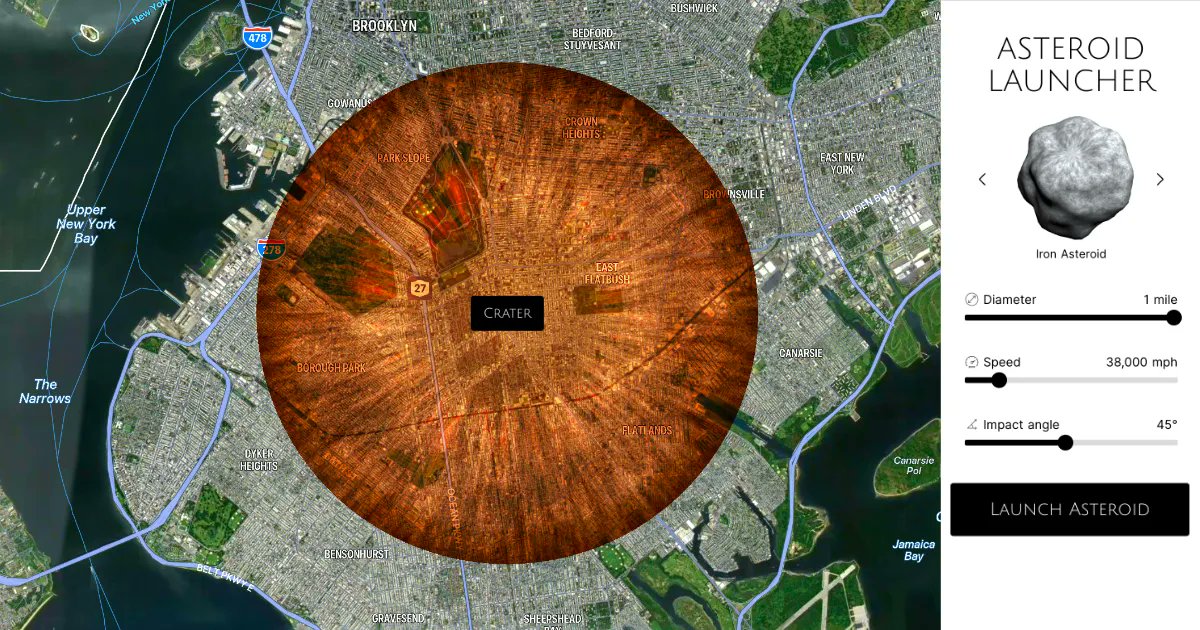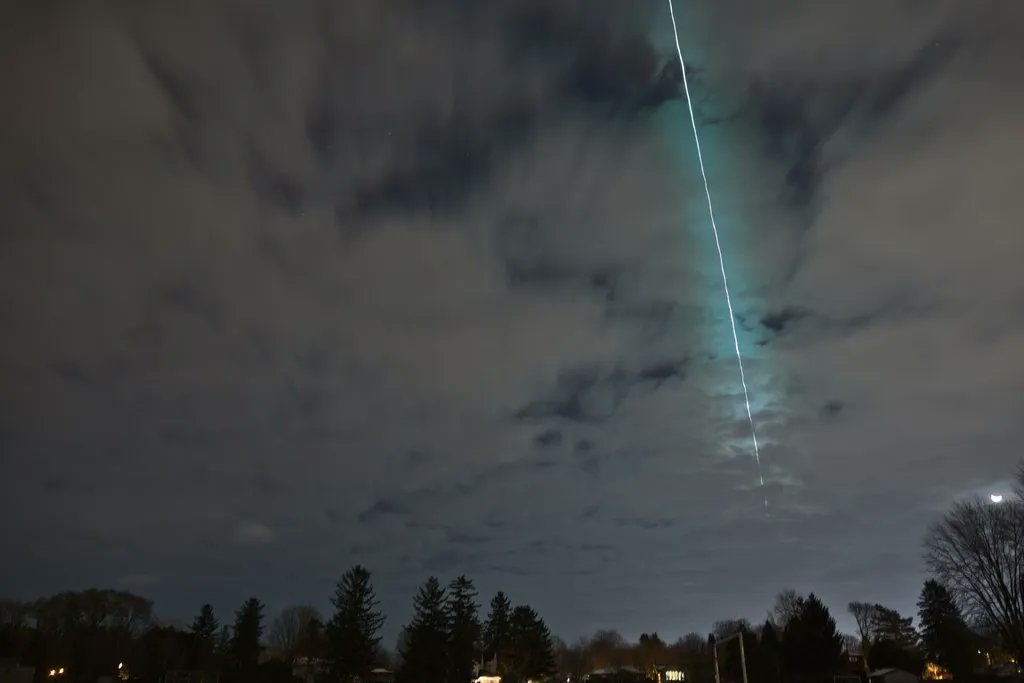On September 26th, NASA’s Double Asteroid Redirection Test (DART) spacecraft collided with Dimorphos, the small moonlet that orbits the larger Near-Earth Asteroid (NEA) Didymos. The purpose was to test a planetary defense technique known as the kinetic impact method, where a spacecraft intentionally collides with a Potentially Hazardous Asteroid (PHAs) to alter its course. Based on a post-collision analysis, NASA determined that DART’s impact altered Dimorphos’ orbital period by 33 minutes and caused tons of rock to be ejected from its surface.
Since the collision, NASA has also been monitoring the cloud of ejecta produced by the impact to see how it has since evolved. The purpose of this is to better understand what the DART spacecraft achieved at the impact site, how much of it was delivered by the spacecraft, and how much was due to the recoil produced by the ejection. On December 15th, during the Fall Meeting of the American Geophysical Union (AGU) in Chicago, members of the DART team provided the preliminary analysis of their findings.
Continue reading “What Kind of an Impact did DART Have on Dimorphos? The Science Results are Here”
